Jovian-witch - Jupiter, King Of The Planets

More Posts from Jovian-witch and Others
Jupiter ♃
Associations: Gain, riches, prosperity, wealth, success, luck, self-confidence, investment, gatherings, favors, ambition, mercy, humanity, publicity
Botanicals: Anise, bayberry, bergamot, blessed thistle, carnation, catnip, chamomile, cinquefoil, clove, clover, corn, crampbark, eyebright, hops, hyssop, nutmeg, oak, sage, stevia, tulip
Crystals: Yellow sapphire, yellow apatite, yellow jasper, green aventurine, azurite, lepidolite, kyanite
Metals: Tin
Colors: Blue, purple, yellow
Numbers: 3
Elements: Air
Zodiac Signs: Sagittarius
Day of the Week: Thursday
compiled from my personal grimoire

s u c c e s s a n d p r o s p e r i t y + ♃
(Free to use, do not steal)
<sigil requests are OPEN!! message me for more information :)>



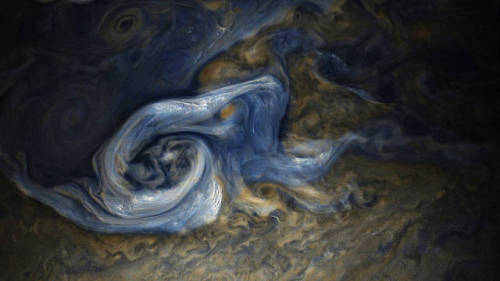
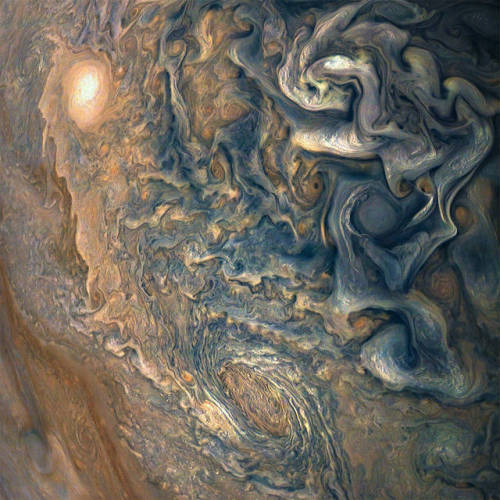
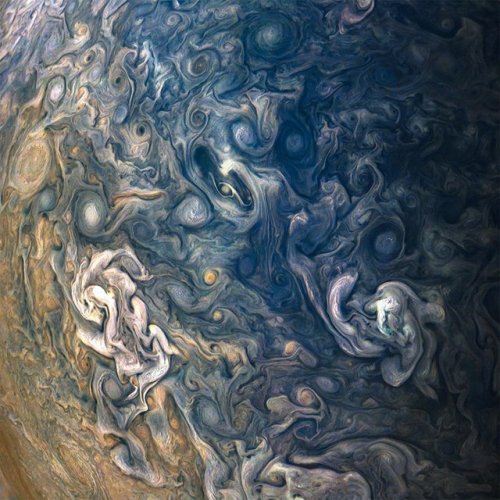
Swirls of Jupiter
Jupiter is a very stormy, turbulent, violent planet. The planet completes a day (or one complete rotation) within roughly 10 hours, which creates massive winds, producing these swirls, and violent storms. The fast rotation coupled with the fact that the planet is nothing but gas greatly multiplies the Coriolis effect. Earth too has a Coriolis effect, this creates the characteristic hurricane shapes and also contributes to the fact that storms will spin the opposite direction in different hemispheres. Luckily, our rotation is slower - our storms are less frequent and less violent than they would be if our days were shorter.
The above images come from the recent Juno mission by NASA.
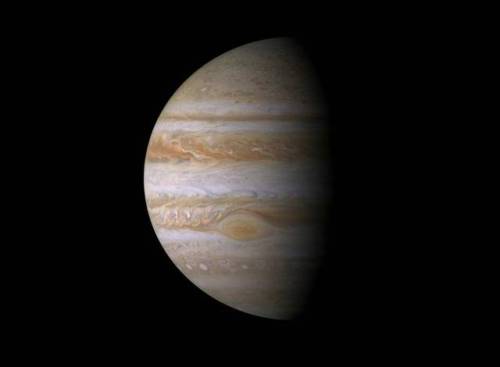
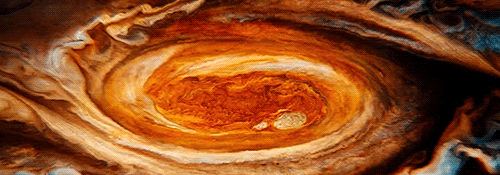
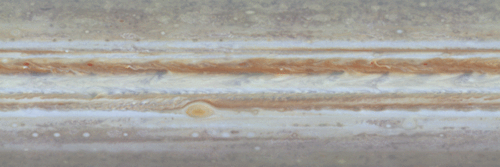
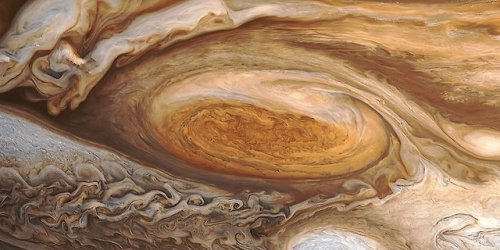
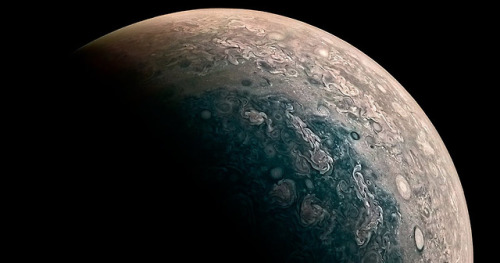
Jupiter is perpetually covered with clouds composed of ammonia crystals and possibly ammonium hydrosulfide. The clouds are located in the tropopause and are arranged into bands of different latitudes, known as tropical regions. These are sub-divided into lighter-hued zones and darker belts. The interactions of these conflicting circulation patterns cause storms and turbulence. Wind speeds of 100 m/s (360 km/h) are common in zonal jets. The zones have been observed to vary in width, color and intensity from year to year, but they have remained sufficiently stable for scientists to give them identifying designations.
The cloud layer is only about 50 km (31 mi) deep, and consists of at least two decks of clouds: a thick lower deck and a thin clearer region. There may also be a thin layer of water clouds underlying the ammonia layer. Supporting the idea of water clouds are the flashes of lightning detected in the atmosphere of Jupiter. These electrical discharges can be up to a thousand times as powerful as lightning on Earth. The water clouds are assumed to generate thunderstorms in the same way as terrestrial thunderstorms, driven by the heat rising from the interior.
source

For Jupiter and its limitless expansion.
Real stoked with how this one came out 💪🏻
Windvexer’s Planet Jupiter Luck Charm
This is quite a simple charm that takes advantage of your creative side. You just might have to stay up late or wake up really early in order to complete it.
Ingredients:
Art supplies
The magic:
Draw, write, or create a representation of the planet Jupiter. As you do so imagine this great planet shining its blessings down upon you. Jupiter rules success and can grant it in any endeavor. When you feel that the representation is complete, set it aside and wait for the nearest hour of Jupiter to arrive. If possible, wait until next Thursday.
Use a calculator like this to determine the astrological hours of Jupiter. When the hour arrives, take out your representation. If you can, light a candle and some incense. Otherwise, meditate upon the blessings of Jupiter. Draw Jupiter’s energies down in to the charm, being aware that you are filling your charm with powerful magic. When you feel that the charm is complete, seal the spell in whatever way you are accustomed (”so mote it be”). If you like, bind the charm with some gold or violet thread.
Hang the charm up or carry it with you. Touch it and draw out extra blessings whenever you need it. Recharge the charm as needed. It is a Jupiter charm, so avoid charging it under the Sun or Moon. If you can’t wait around until the hours of Jupiter again, charging it on a Thursday will work.
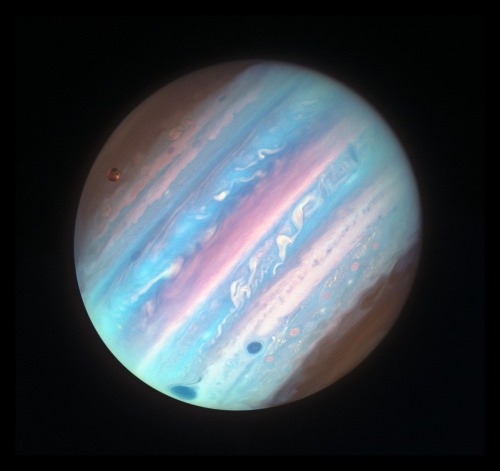
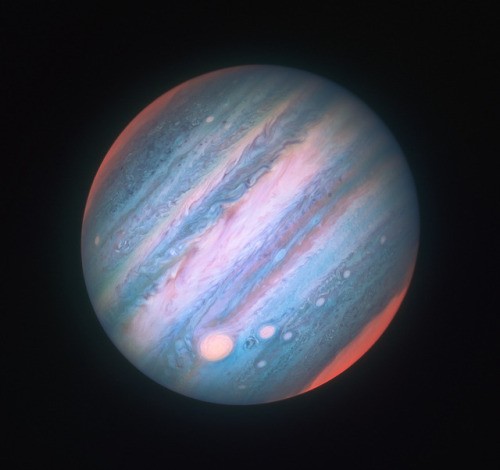
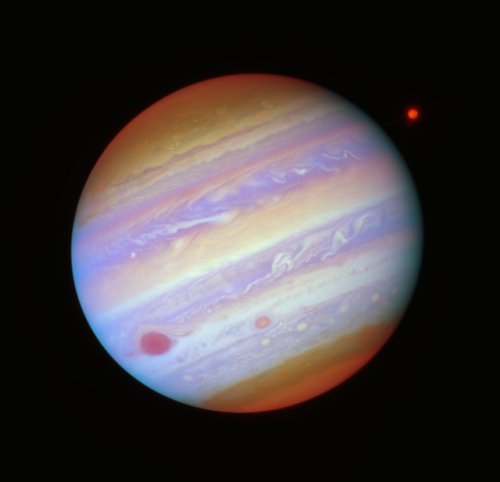
Jupiter (filtered) by Judith Schmidt.
Backyard Jupiter Grandeur


周志伟 (Zhiwei) took these astounding photos of Jupiter from their back yard in Zhuhai, Guangdong, China
technical details and more on their Astrobin page: X
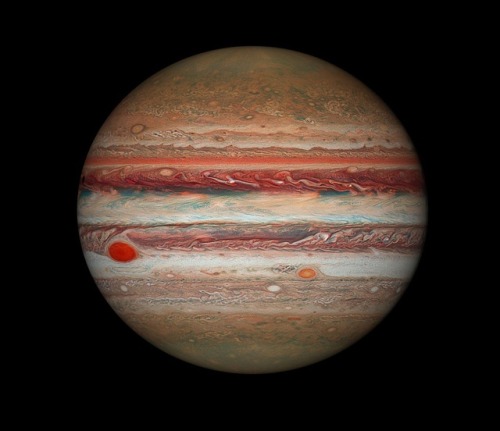
Hubble’s Jupiter and the Shrinking Great Red Spot
Image Credit: NASA, ESA, Hubble, OPAL Program, STScI; Processing: Karol Masztalerz





CGI renderings of Jupiter, ‘King of the Planets’
The largest planet in the Solar System, likely the first planet to form after the Sun did, continues to dominate over the System with its almost 80 moons and immensely steep and influential gravity well.
Keep reading
-
 jovian-witch reblogged this · 2 years ago
jovian-witch reblogged this · 2 years ago

blog dedicated to my work with the planet Jupiter
96 posts